Ingrown Toenail Treatment and Removal Surgery
You do not have to suffer with ingrown toenails. Book in for our PRO ingrown package to get instant relief for ingrown toenails.
book now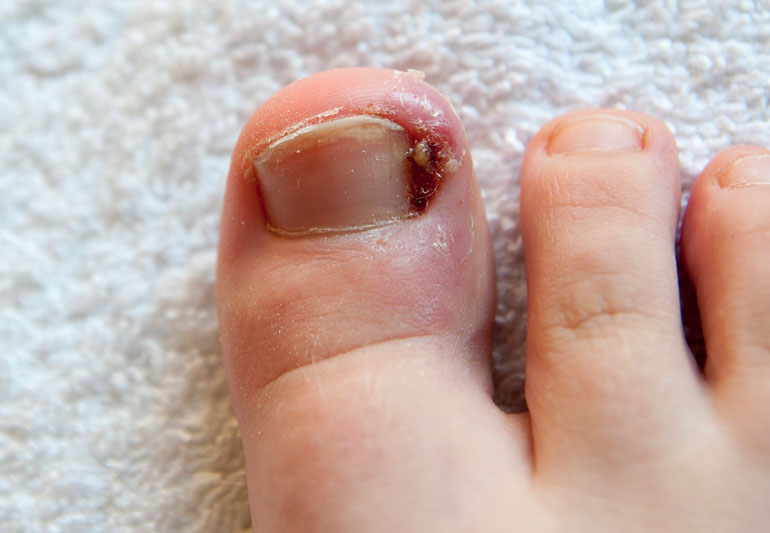
WHAT ARE INGROWN TOENAILS?
An ingrown toenail is a condition which commonly affects the big toe, where the corner or side of the toenail grows into the skin of the side of the toe. Pain, redness, swelling, and pus can occur at the affected toe.

WHAT CAUSES INGROWN TOENAILS?
Ingrown toenails can happen in women, men and children. Some medications may aggravate or cause ingrown toenails. Many things can cause an ingrown toenail, including:
- Genetics (if your parents, siblings, relatives have ingrown toenails)
- Cutting toenails incorrectly (correct cutting procedure is straight across. Angling the sides of the nail can encourage the nail to grow into the skin.)
- Irregular, curved toenails
- Footwear that places a lot of pressure on the big toes, such as socks and stockings that are too tight or shoes that are too tight, narrow, or flat for your feet
- Toenail injury, including stubbing your toe, dropping something heavy on your foot, kicking a ball repeatedly or fungal nail infection
- Poor foot posture (e.g. flat feet)
- Improper foot hygiene, such as not keeping your feet clean or dry
Using your feet extensively during sport and other activities can make you more prone to getting ingrown toenails. Activities in which you repeatedly kick an object or put pressure on your feet for long periods of time can cause toenail damage and increase your risk of ingrown toenails. These activities include:
- ballet
- football
- kickboxing
- soccer
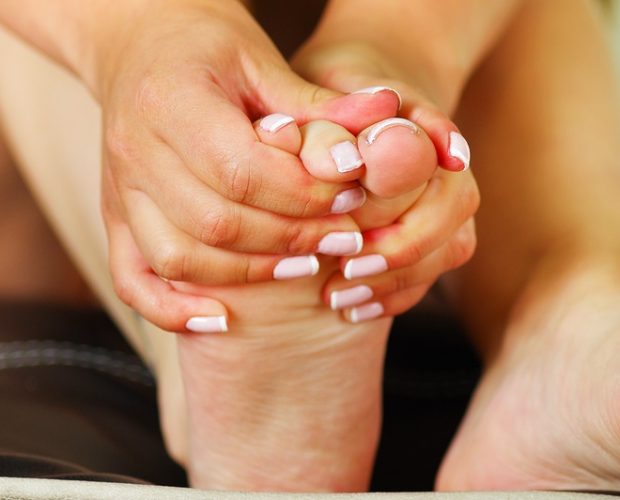
SYMPTOMS
Ingrown toenails can be painful, and they usually worsen in stages.
Early-stage symptoms include:
- skin next to the nail becoming tender, swollen, or hard
- pain when pressure is placed on the toe
- fluid building up around the toe
- Inability to wear enclosed shoes
If your toe becomes infected, symptoms may include:
- red, swollen skin
- pain
- bleeding
- oozing pus
- overgrowth of skin around the toe (hypergranulation tissue)
Treat your ingrown toenail as soon as possible to avoid worsening symptoms. Book in for a PRO ingrown package for expert treatment by our experienced Podiatrist.
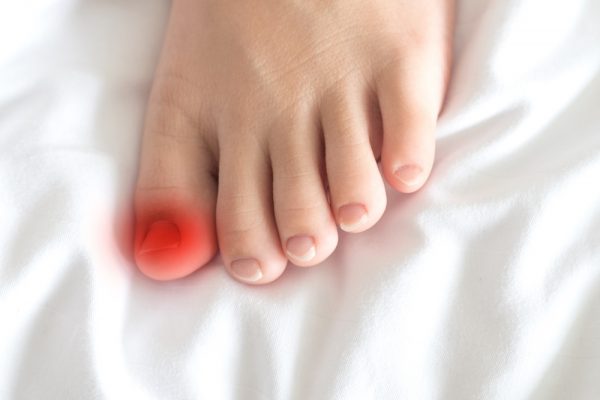
COMPLICATIONS
If ingrown toenails are left untreated. Ingrown toenail infections can spread to the bone (osteomyelitis) and cause permanent damage which may lead to toe amputation. A toenail infection can also lead to foot ulcers or open sores and a loss of blood flow to the infected area meaning slower healing. Ingrown toenails which are severe, infected and left untreated can cause tissue decay and death (gangrene) at the site of infection. This will lead to amputation of the affected toe.
People who have Diabetes, circulation issue or other immune compromising conditions may have serious consequences. Even a small cut, scrape or ingrown toenail may quickly become infected due to the blood and nerve supply affected by these conditions. Make sure you visit your GP for antibiotics straight away if you have an infected ingrown toenail, and visit us for an PRO ingrown package which will get rid of the ingrown toenail.
If you have ingrown toenails because of your genetics, they may keep coming back or appear on multiple toes at once. Your quality of life may be affected by pain, infections, and other painful foot issues that require multiple treatments or surgey.
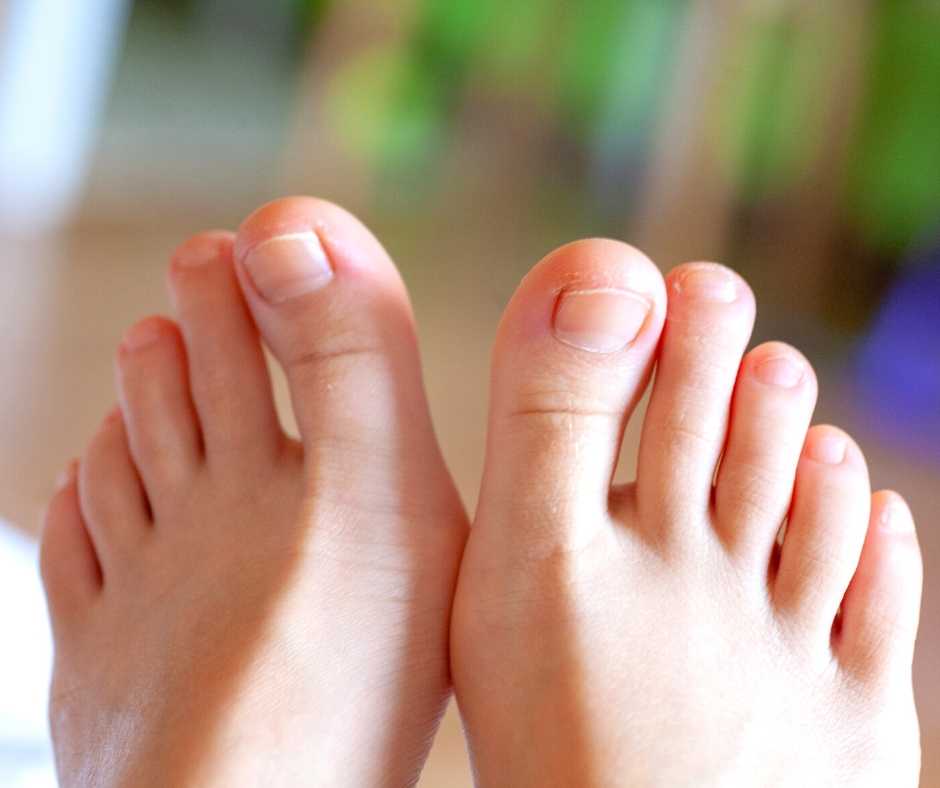
ONYCHCRYPTOSIS (INGROWN TOENAILS)
PREVENTION
Ingrown toenails can be prevented by making several lifestyle changes:
- Trim your toenails straight across and make sure that the edges do not curve in.
- Avoid cutting toenails too short.
- Wear proper fitting shoes, socks, and tights.
- Wear steel-toe boots if you work in hazardous conditions.
- If your toenails are abnormally curved or thick, surgery may be necessary to prevent ingrown nails.
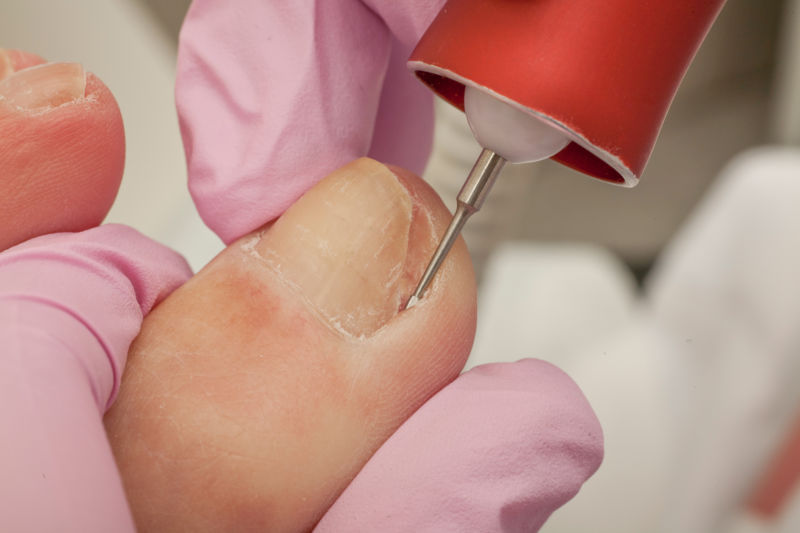
TREATMENT
Treatment for your ingrown toenail depends on how severe it is in its current state. For minor to moderate ingrown toenails, conservative management would be enough. Conservative management involves removal of the side of the nail that is embedded in the side of the toe. Sometimes, local anaesthetic is needed to numb the toe as it can be unbearable to remove that portion of nail. Generally, this type of treatment requires 6-weekly reviews to ensure the nail edge is growing back normal and not becoming ingrown again.
For more severe and genetic ingrown toenails, a partial nail avulsion may be necessary. This is where the offending part of the nail is removed and the nail matrix/root is phenolised (killed) to ensure that part of the nail no longer grows out to stop it from causing more complications. Find out more
CONTACT US
Send us an e-mail:
This site is protected by reCAPTCHA and the Google Privacy Policy and Terms of Service apply.






